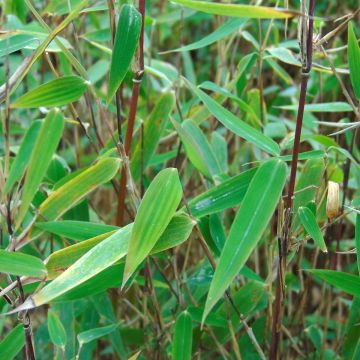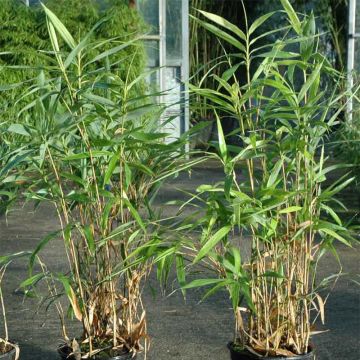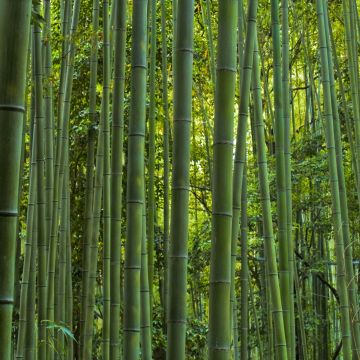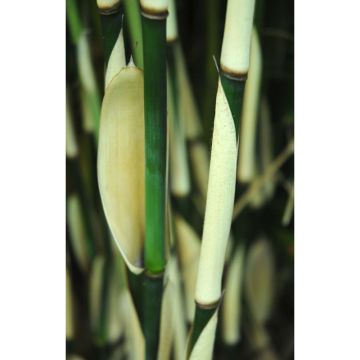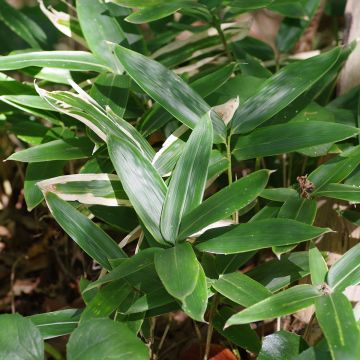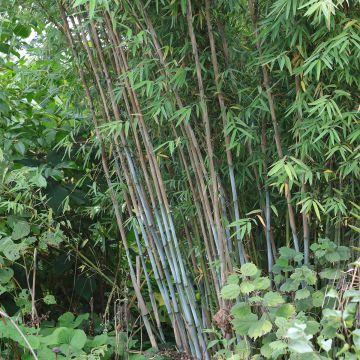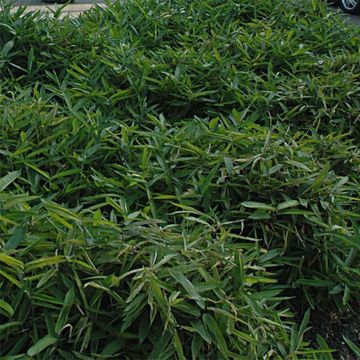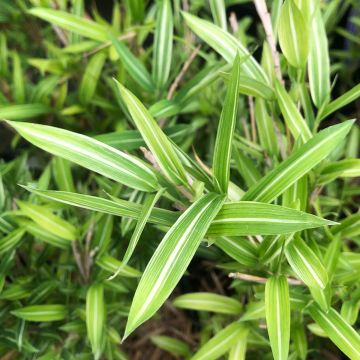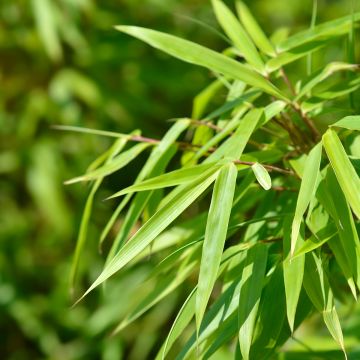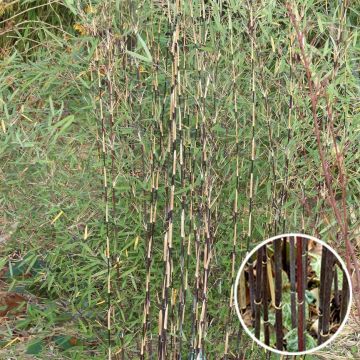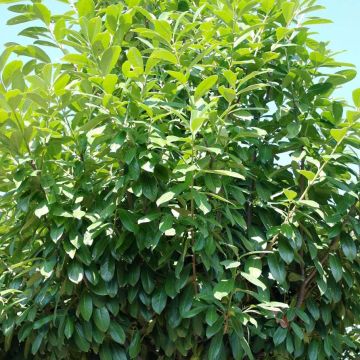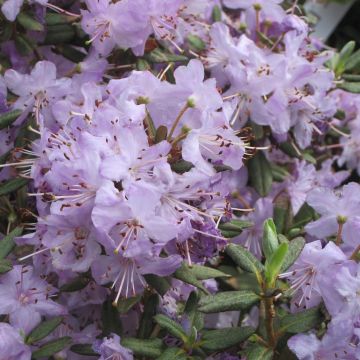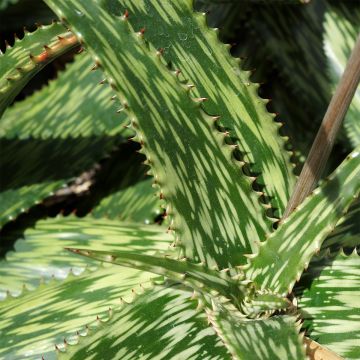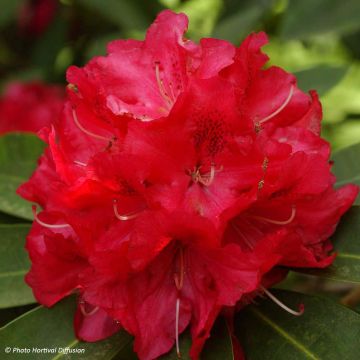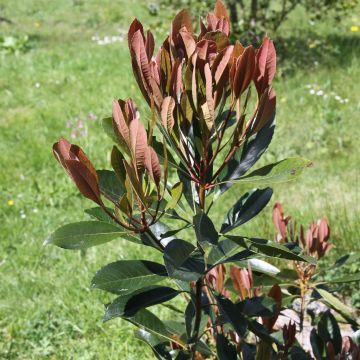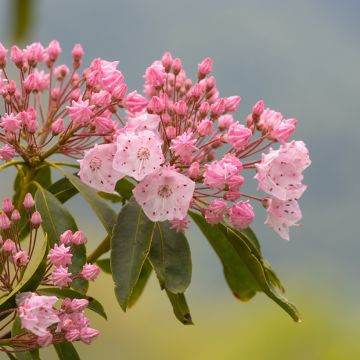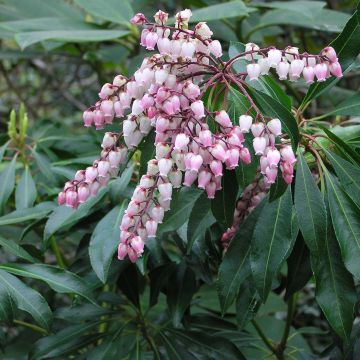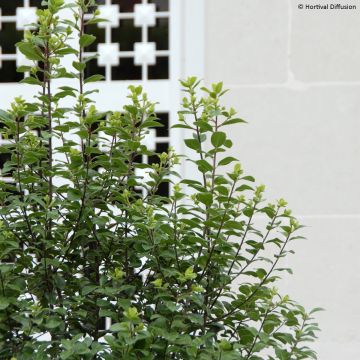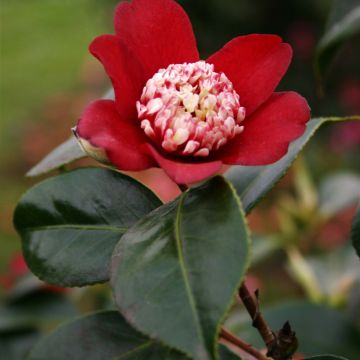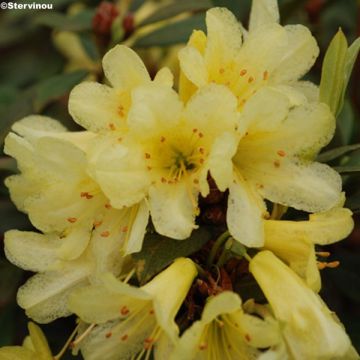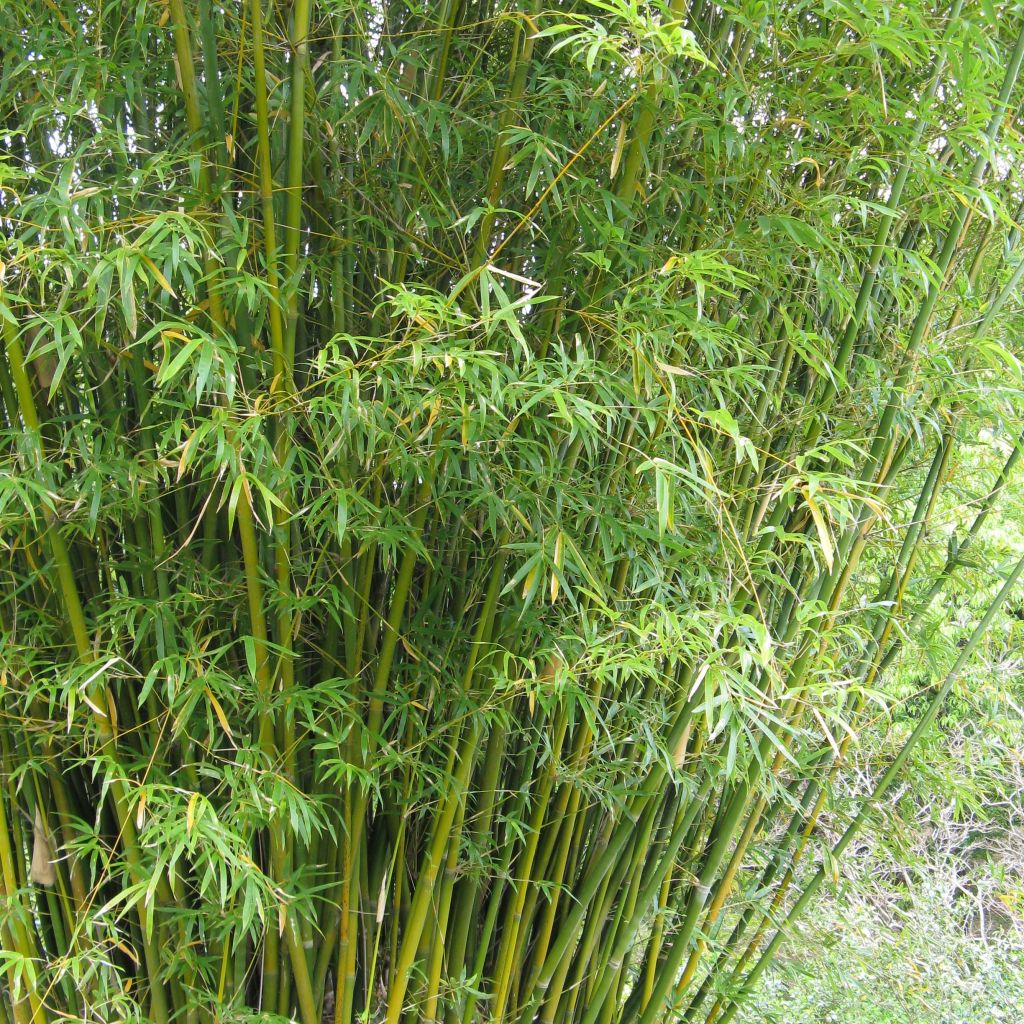

Bambusa glaucescens - Hedge Bamboo
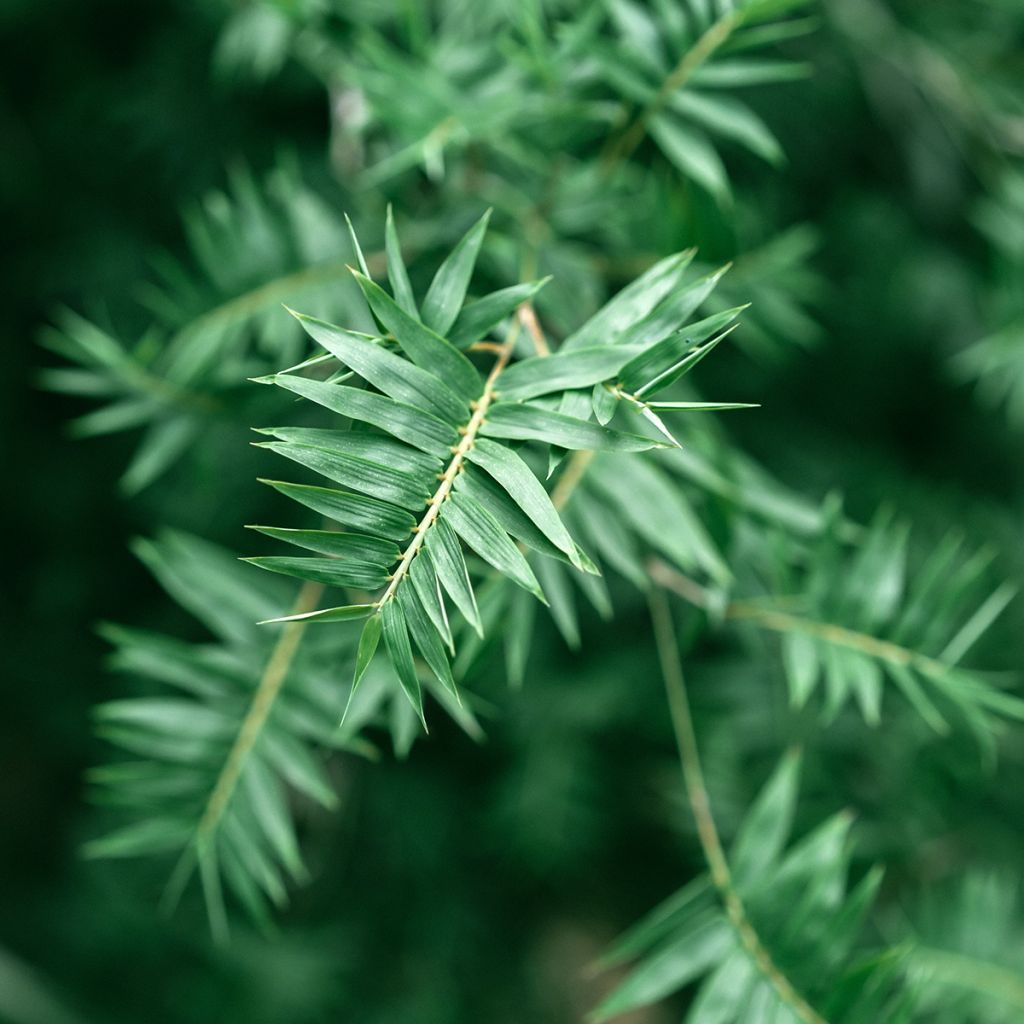

Bambusa glaucescens - Hedge Bamboo
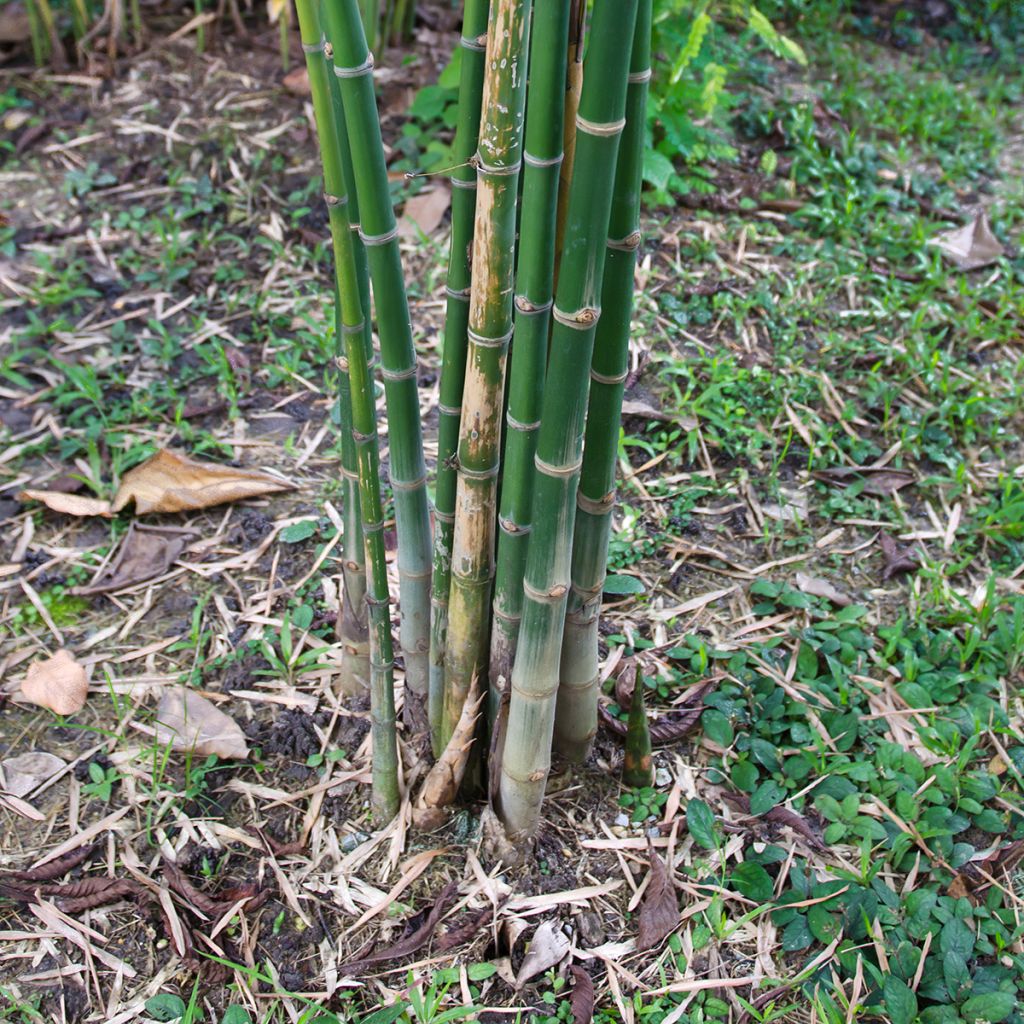

Bambusa glaucescens - Hedge Bamboo
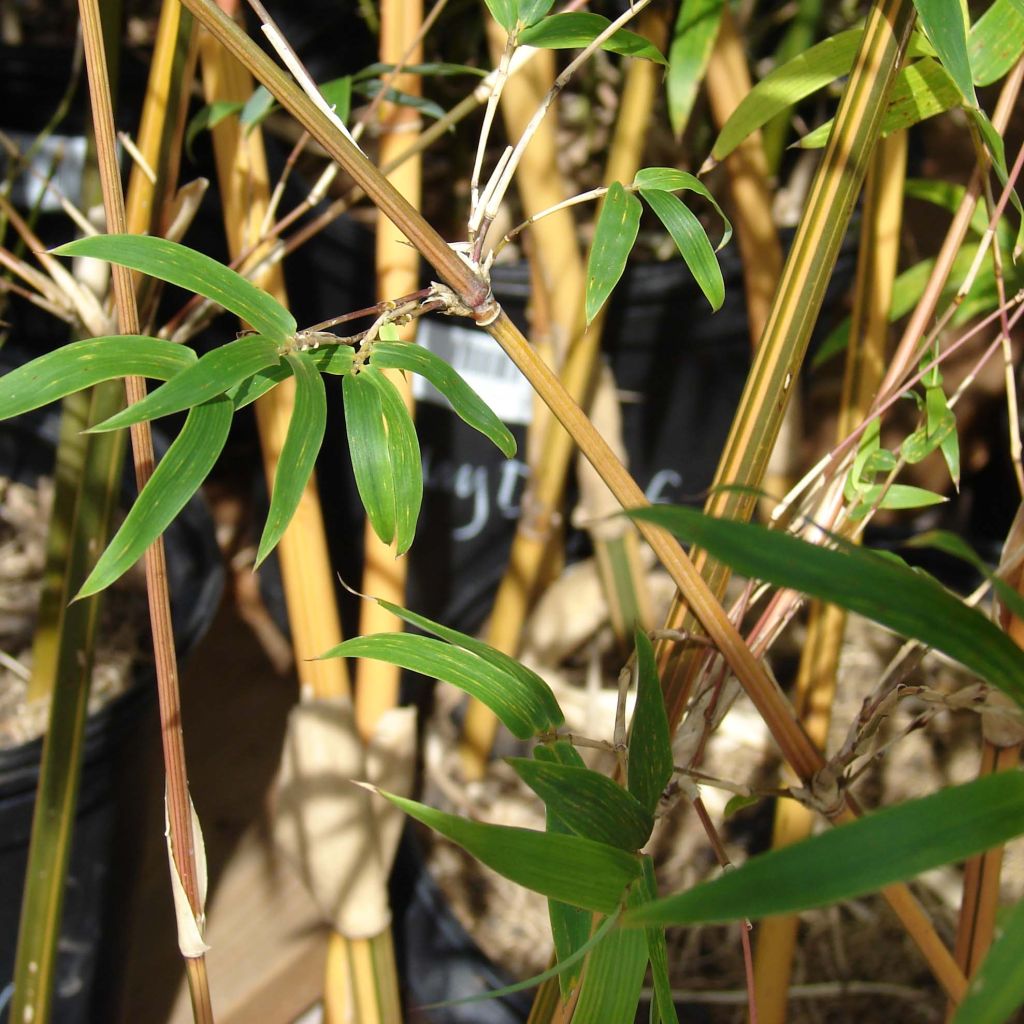

Bambusa glaucescens - Hedge Bamboo
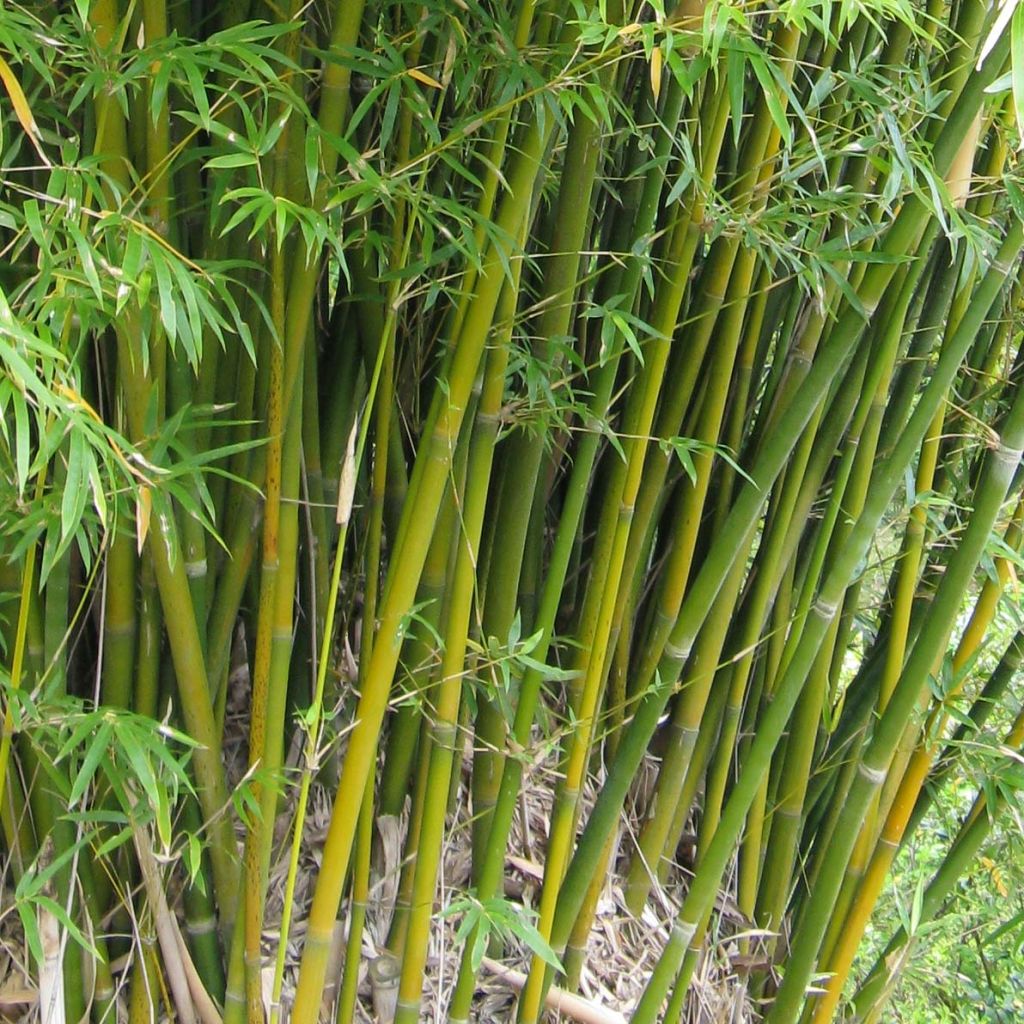

Bambusa glaucescens - Hedge Bamboo
Bambusa glaucescens - Hedge Bamboo
Bambusa glaucescens
Hedge Bamboo
This item cannot be shipped to the selected country
Delivery charge from €5.90
Oversize package delivery charge from €6.90
More information
Schedule delivery date,
and select date in basket
This plant carries a 24 months recovery warranty
More information
We guarantee the quality of our plants for a full growing cycle, and will replace at our expense any plant that fails to recover under normal climatic and planting conditions.
From €5.90 for pickup delivery and €6.90 for home delivery
Express home delivery from €8.90.
Oversize package: home delivery by special carrier from €6.90 per order..
Express home delivery from €8.90.
Does this plant fit my garden?
Set up your Plantfit profile →
Description
Bambusa glaucescens is a medium-sized bamboo that is hardy enough to be grown in open ground in the mildest regions. It has all the luxuriance of exotic plants, topped with very dense and feathery foliage with a silver reverse that gracefully bends long and slender canes. In colder regions, this Bambusa will thrive in a conservatory which is unheated or slightly heated during the winter.
Bambusa glaucescens or Bambusa multiplex is a plant in the poaceae family, a type of grass with woody stems that grows from a non-running rhizomatous stump, called a clump. In this type of bamboo, the very short internode rhizomes develop slowly at the periphery of the stump, which gradually expands, but the inside of the clump remains very dense, without thinning out in the centre. This bamboo is native to Southeast Asia, specifically certain regions of China, Nepal, Bhutan, Sri Lanka, Taiwan, and Indochina. It can withstand short frosts of around -7°C (19.4°F) in a sheltered position and well-drained soil.
Bambusa multiplex forms a bushy clump, very dense and compact at the base and tapering upwards. The young shoots or canes, which are grey-blue to light green, emerge from the ground in summer, reach maturity in autumn, and develop their leafy branches in spring. Depending on the growing conditions, the plant can reach a height of 3 to 9m (10 to 29.5ft). Eventually, the plant will spread over more than 3m (0ft) on the ground. The canes are green, upright, slender, 1 to 4cm (0.4 to 1.6in) in diameter and covered with brown hairs and a fine bloom that gives them a bluish appearance. Over time, they take on a beige to brownish colour, even yellowish in the sun. The sheaths that enclose the young shoots are brown and deciduous. The foliage on the culms is evergreen and mostly located towards the top of the canes. The leaves are abundant, small, and narrow, lanceolate and tapering to a point, light green on the upper side and a silver-grey on the reverse.
This non-running evergreen bamboo is dense in stems and foliage and as exotic as it is elegant, perfect for creating a small hedge or a beautiful green screen in mild climates. It will also make a great impact as a standalone clump or integrated into a shrub bed. When grown in a pot, this bamboo is the one to choose for decorating a conservatory or a large patio. Its growth will then be determined by the size of the pot and the care it receives. To brighten and animate its foliage in summer, it can be paired, for example, with a viticella-type clematis with red flowers (Madame Julia Correvon, purpurea Plena Elegans, Avant Garde), whose small foliage will blend naturally with the bamboo. Tall grasses, giant cannas, and tall dahlias (Dahlia imperialis) will also be good companions for this magnificent bamboo.
Report an error about the product description
Bambusa glaucescens - Hedge Bamboo in pictures
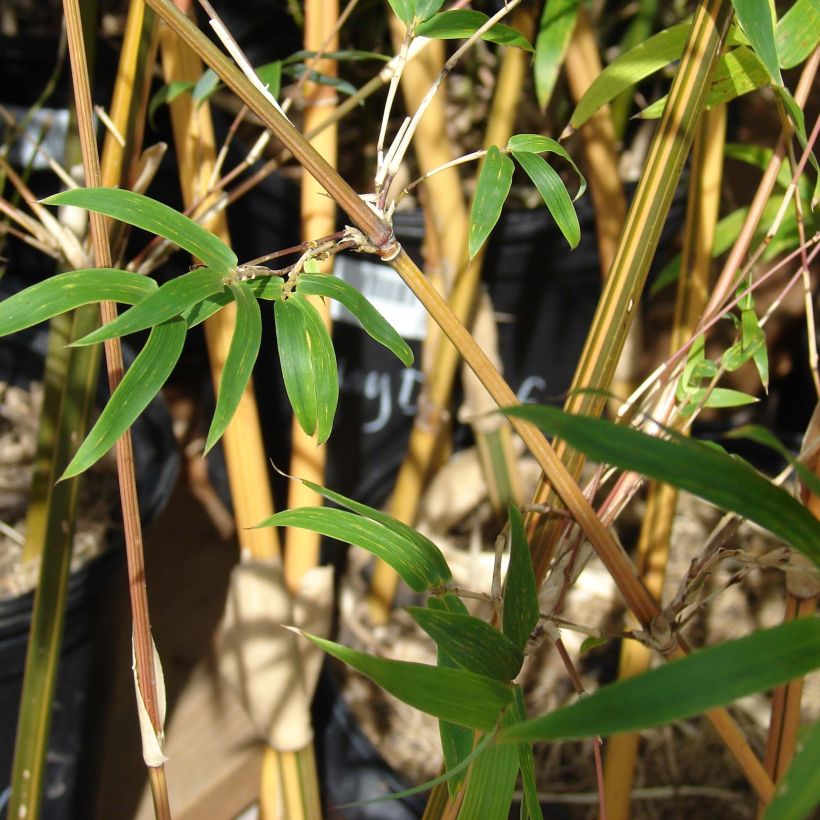

Plant habit
Foliage
Botanical data
Bambusa
glaucescens
Gramineae
Hedge Bamboo
Southeast Asia
Other Bamboos
Planting and care
Bambusa glaucescens prefers partial shade, although it can tolerate the sun, as long as it is not scorching as well as denser shade. Avoid excessively dry exposures as it is sensitive to arid conditions. It can only be grown in the ground in regions with mild winters, as its hardiness does not exceed -7 to -9°C (19.4 to 15.8°F). Choose a very sheltered location, away from drafts and dry, cold winds. Reserve a shady spot, especially in the south. Plant this bamboo in a rich, moist, preferably low-limestone soil. If necessary, replace the soil in your garden with good horticultural topsoil. Best planted in spring or autumn. For creating a hedge, plant one plant every meter. Water abundantly for the first two years but once well established this bamboo tolerates summer drought quite well, if planted in partial shade and deep soil. In a pot, monitor watering, especially when the foliage is abundant, and apply two handfuls of lawn fertilizer to the base of your non-spreading bamboo from early March to mid-April. Its foliage will be greener. This bamboo tolerates pruning very well. Slugs can devour young shoots. This non-spreading bamboo does not require the installation of rhizome barriers at planting. It retains its green foliage throughout winter and loses some leaves throughout the year, more so in late autumn.
Pruning is not necessary, but the multiplex bamboo tolerates it quite well. Proceed when the canes have reached their full development.
Planting period
Intended location
Care
This item has not been reviewed yet - be the first to leave a review about it.
Evergreen shrubs
Haven't found what you were looking for?
Hardiness is the lowest winter temperature a plant can endure without suffering serious damage or even dying. However, hardiness is affected by location (a sheltered area, such as a patio), protection (winter cover) and soil type (hardiness is improved by well-drained soil).

Photo Sharing Terms & Conditions
In order to encourage gardeners to interact and share their experiences, Promesse de fleurs offers various media enabling content to be uploaded onto its Site - in particular via the ‘Photo sharing’ module.
The User agrees to refrain from:
- Posting any content that is illegal, prejudicial, insulting, racist, inciteful to hatred, revisionist, contrary to public decency, that infringes on privacy or on the privacy rights of third parties, in particular the publicity rights of persons and goods, intellectual property rights, or the right to privacy.
- Submitting content on behalf of a third party;
- Impersonate the identity of a third party and/or publish any personal information about a third party;
In general, the User undertakes to refrain from any unethical behaviour.
All Content (in particular text, comments, files, images, photos, videos, creative works, etc.), which may be subject to property or intellectual property rights, image or other private rights, shall remain the property of the User, subject to the limited rights granted by the terms of the licence granted by Promesse de fleurs as stated below. Users are at liberty to publish or not to publish such Content on the Site, notably via the ‘Photo Sharing’ facility, and accept that this Content shall be made public and freely accessible, notably on the Internet.
Users further acknowledge, undertake to have ,and guarantee that they hold all necessary rights and permissions to publish such material on the Site, in particular with regard to the legislation in force pertaining to any privacy, property, intellectual property, image, or contractual rights, or rights of any other nature. By publishing such Content on the Site, Users acknowledge accepting full liability as publishers of the Content within the meaning of the law, and grant Promesse de fleurs, free of charge, an inclusive, worldwide licence for the said Content for the entire duration of its publication, including all reproduction, representation, up/downloading, displaying, performing, transmission, and storage rights.
Users also grant permission for their name to be linked to the Content and accept that this link may not always be made available.
By engaging in posting material, Users consent to their Content becoming automatically accessible on the Internet, in particular on other sites and/or blogs and/or web pages of the Promesse de fleurs site, including in particular social pages and the Promesse de fleurs catalogue.
Users may secure the removal of entrusted content free of charge by issuing a simple request via our contact form.
The flowering period indicated on our website applies to countries and regions located in USDA zone 8 (France, the United Kingdom, Ireland, the Netherlands, etc.)
It will vary according to where you live:
- In zones 9 to 10 (Italy, Spain, Greece, etc.), flowering will occur about 2 to 4 weeks earlier.
- In zones 6 to 7 (Germany, Poland, Slovenia, and lower mountainous regions), flowering will be delayed by 2 to 3 weeks.
- In zone 5 (Central Europe, Scandinavia), blooming will be delayed by 3 to 5 weeks.
In temperate climates, pruning of spring-flowering shrubs (forsythia, spireas, etc.) should be done just after flowering.
Pruning of summer-flowering shrubs (Indian Lilac, Perovskia, etc.) can be done in winter or spring.
In cold regions as well as with frost-sensitive plants, avoid pruning too early when severe frosts may still occur.
The planting period indicated on our website applies to countries and regions located in USDA zone 8 (France, United Kingdom, Ireland, Netherlands).
It will vary according to where you live:
- In Mediterranean zones (Marseille, Madrid, Milan, etc.), autumn and winter are the best planting periods.
- In continental zones (Strasbourg, Munich, Vienna, etc.), delay planting by 2 to 3 weeks in spring and bring it forward by 2 to 4 weeks in autumn.
- In mountainous regions (the Alps, Pyrenees, Carpathians, etc.), it is best to plant in late spring (May-June) or late summer (August-September).
The harvesting period indicated on our website applies to countries and regions in USDA zone 8 (France, England, Ireland, the Netherlands).
In colder areas (Scandinavia, Poland, Austria...) fruit and vegetable harvests are likely to be delayed by 3-4 weeks.
In warmer areas (Italy, Spain, Greece, etc.), harvesting will probably take place earlier, depending on weather conditions.
The sowing periods indicated on our website apply to countries and regions within USDA Zone 8 (France, UK, Ireland, Netherlands).
In colder areas (Scandinavia, Poland, Austria...), delay any outdoor sowing by 3-4 weeks, or sow under glass.
In warmer climes (Italy, Spain, Greece, etc.), bring outdoor sowing forward by a few weeks.

































